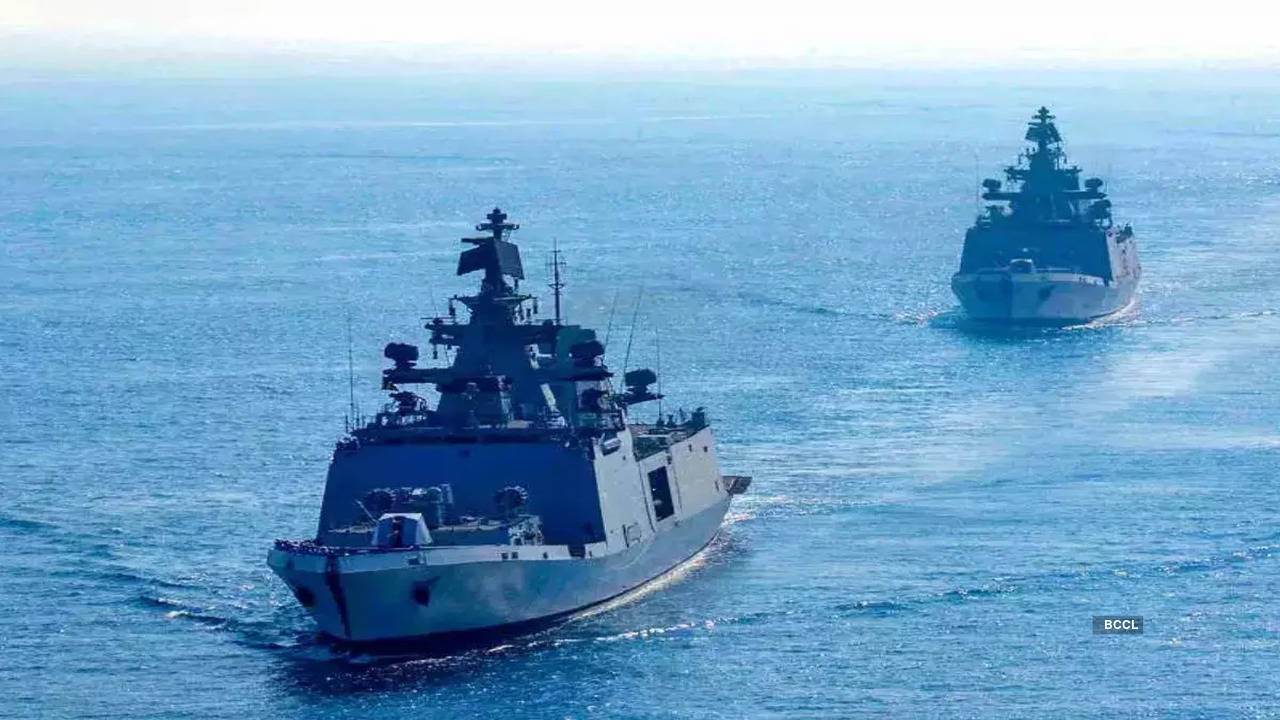- Views: 4K
- Replies: 41

At this year's NDTV Defence Summit, a stark call echoed across the industry: India must dramatically accelerate its warship building capabilities to stay relevant in an increasingly complex maritime security environment.
Arun Ramchandani, Executive Vice-President of L&T Defence, painted a picture of a crucial gap widening between India and its primary regional competitor, China.
India's Challenge: Time, Technology, and Ecosystem
Ramchandani's message was clear – India's shipbuilding turnaround times are significantly slower than China's, a disparity that cannot remain unaddressed.Modernization lies at the heart of this solution, including adopting cutting-edge technologies alongside streamlining processes and fostering a stronger shipbuilding ecosystem – all focused specifically on speed and efficiency.
This ecosystem, vital for building complex warships, needs everything from highly skilled labor to advanced infrastructure and seamless supply chains. Enhancing and expediting all such elements remains key to bolstering India's naval prowess.
Procurement, Partnerships, and Matching China's Pace
Within this equation, L&T's executive stresses that the Indian Navy must overhaul its procurement process and work more closely with private shipyards.Defence analyst Ranesh Rajan adds weight to this perspective, citing India's approximately 7-year timelines for frontline warships compared to China's significantly shorter timelines.
China's efficiency is staggering; Type 055 and Type 052D class vessels often move from launch to commissioning in a mere 3 and 2 years, respectively. Rajan implores India to emulate China's mass-ordering strategy, focusing on standardized platforms with minimal modifications.
This continuity streamlines construction, cuts costs, and enhances the fleet's operational readiness.
Benefits of Bulk Orders and Standardization
This proposed shift isn't just about copying China's playbook; it aligns with broader principles supported by many defence analysts. Bulk orders mean consistent work for shipyards, allowing them to optimize resources and production lines.Standardized ship designs further accelerate building and create efficiency within maintenance and supply chains.
The Way Forward
L&T's message, amplified by Rajan and others, reveals a path India could take.Change won't be easy: it requires rethinking procurement, building stronger public-private partnerships, and embracing advanced construction methods like modular shipbuilding for greater efficiency.
Yet, the payoff is a modernized Indian Navy, better equipped to meet the strategic challenges of a dynamic maritime environment.
